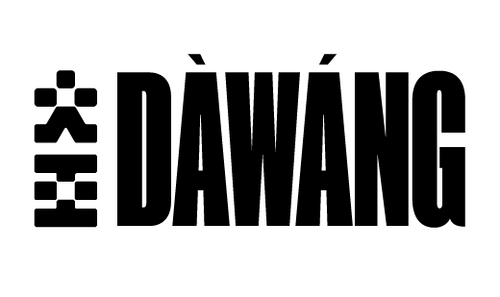It all started with the qipao.
It started with a love for fashion and culture, a need to share our story, and a space that called to be filled with the satin, seams, and symbols that feel like home.
It started with us.
We’re told early on how important it is to learn from history. To look to the past, to honor our ancestors, and to let their experiences guide us in the present.
We’ve always been inspired by the design and history of Chinese fashion. From the fabrics to the folds, garments like the qipao and other traditional pieces tell stories across centuries. But the qipao is more than a fashion statement — it’s a fundamental part of our cultural history.
From the early 16th century in the Qing dynasty to transformations in length and cut throughout the 1930s and 40s to international influence as styles began to move across borders and boundaries, the qipao — a Mandarin word that translates to “banner robe” — has seen many iterations over time.
The result of cultural fusion and years of history, it has transformed through various silhouettes, embracing different styles, and ultimately holding space as a garment that is forward-thinking — one that changes in flow with the society around it.
In a time when wearing your identity has become both praised and politicized, we’re giving modern Chinese clothing a new angle. Because it’s not just about fashion — we’re bringing our history to the stage, and demanding to be seen and heard as part of a generation that embraces the ways different cultures bring unique color and light to the world.
From early dynasties to the streets of NYC, the qipao is more than a dress — it’s a symbol of versatility, resilience, and growth. It always has been, and each year of DAWANG aims to show that it always will be.
How does history connect to the clothes we wear? What stories do we tell when we wear DAWANG? Why do you wear modern chinoiserie? Leave a comment to let us know how learning about history has impacted your relationship with fashion and clothes. We can’t wait to continue learning with you!



